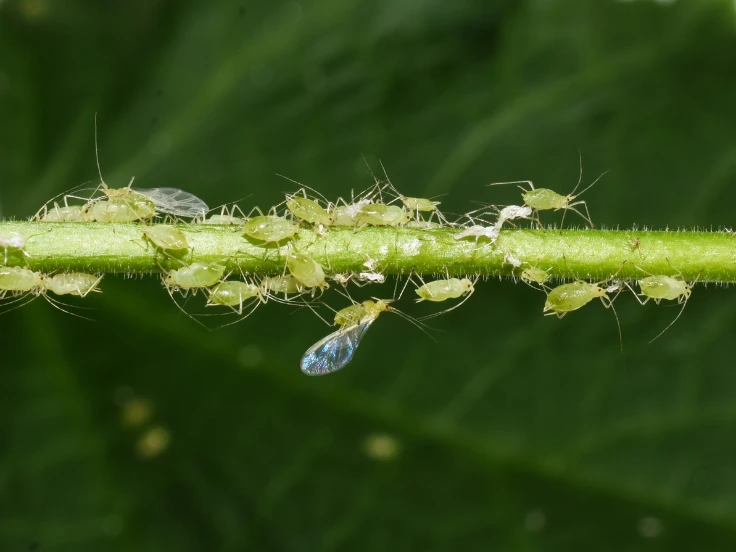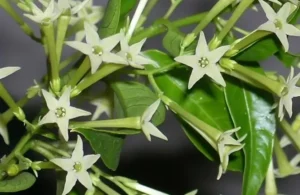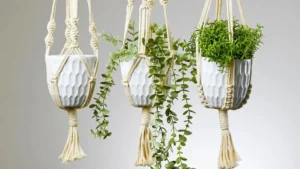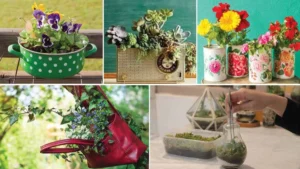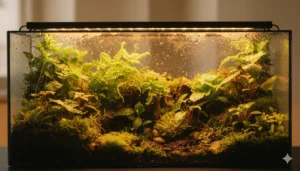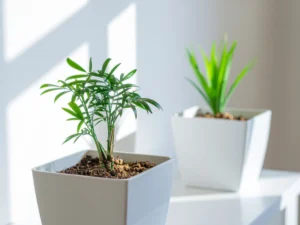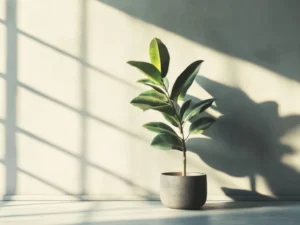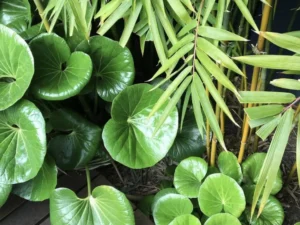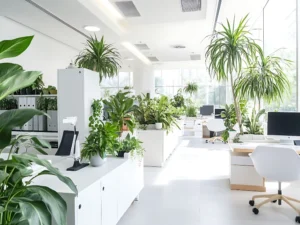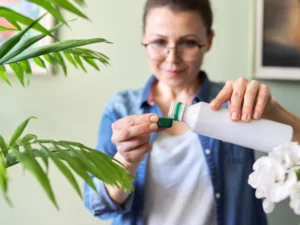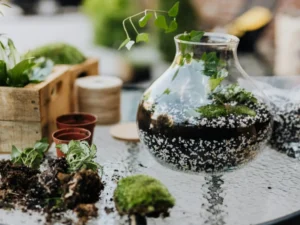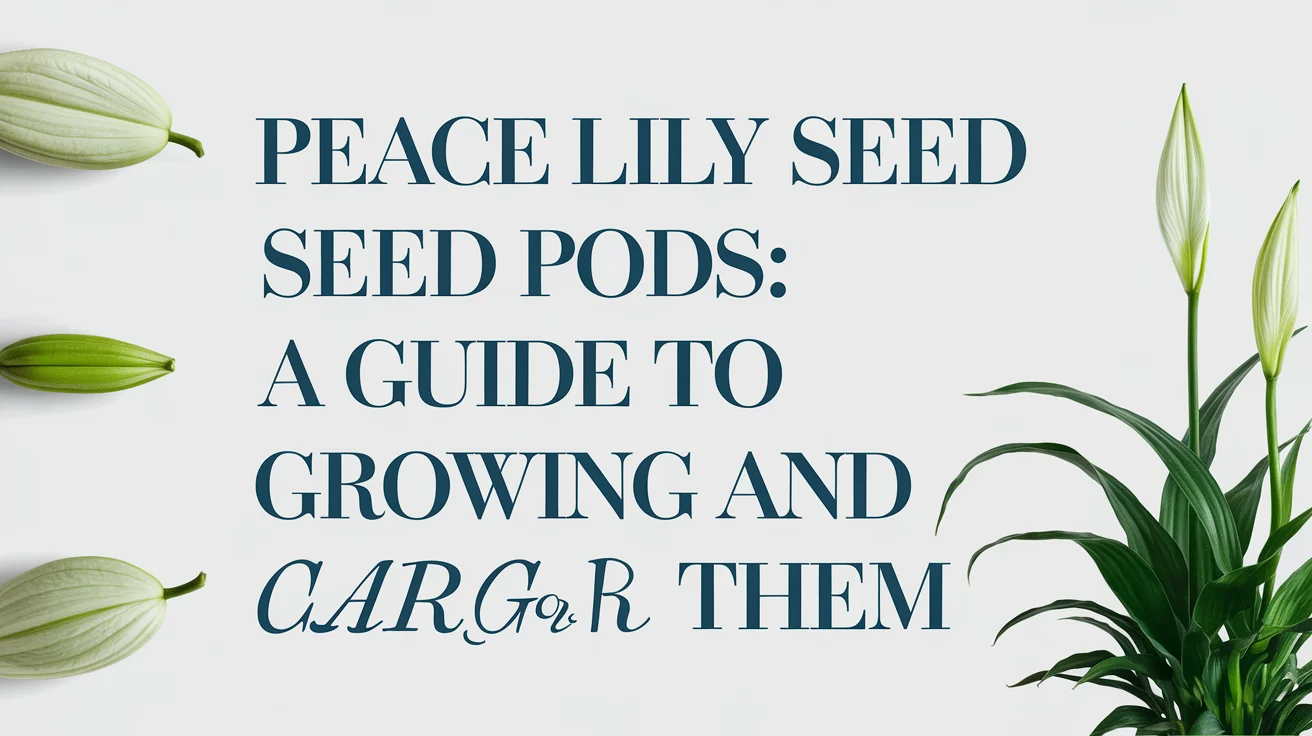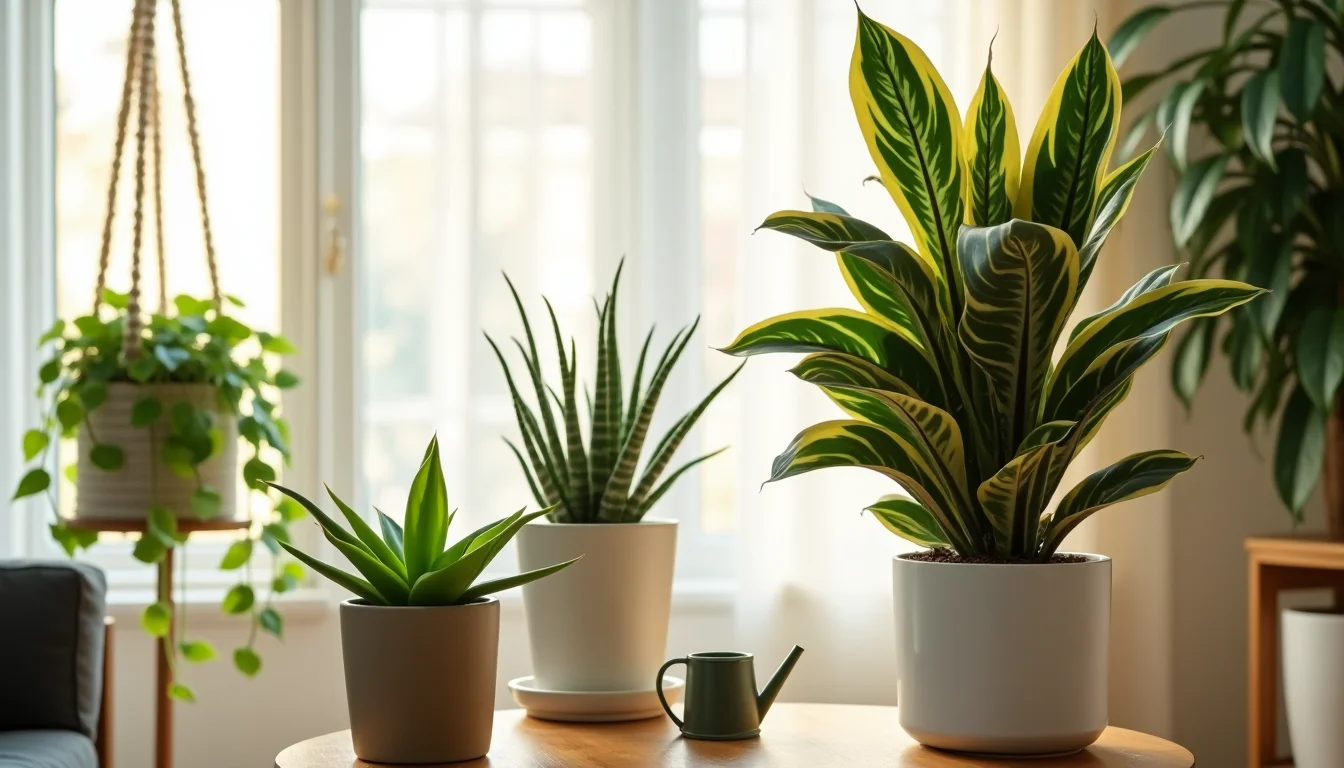Indoor plants brighten homes, purify the air, and create a soothing environment. However, pests like aphids can threaten your indoor garden’s health. Learning how to get rid of aphids on indoor plants is essential for keeping your greenery healthy and thriving. This guide provides effective tips, remedies, and strategies to protect your indoor plants from aphids efficiently and safely.
How to Get Rid of Aphids on Houseplants
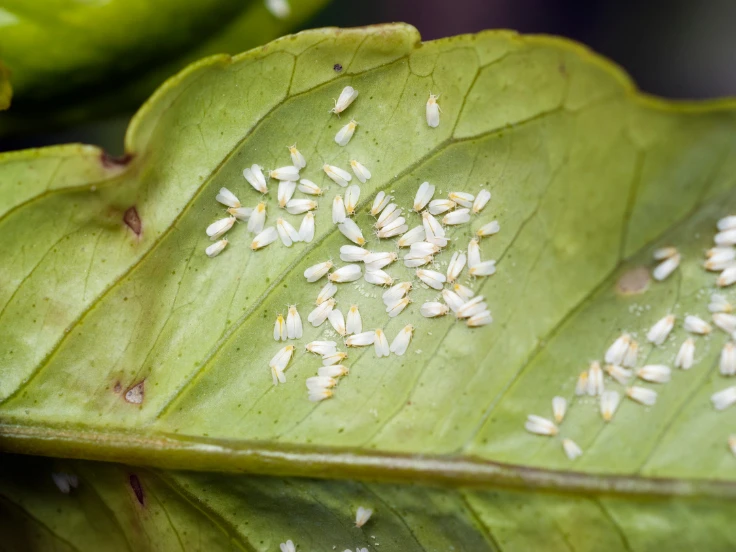
Aphids are small, soft-bodied insects that feed on plant sap. While tiny, their presence can cause significant damage. Aphids weaken plants by depleting essential nutrients, resulting in curled, yellowing leaves and stunted growth. In severe infestations, they may transmit plant viruses, making early detection critical.
Common indoor aphids include green peach aphids, black bean aphids, and woolly aphids. Though they vary in appearance, their effects on indoor plants are similar. Aphids also produce honeydew, a sticky substance that encourages sooty mold growth, interfering with photosynthesis. Understanding these behaviors is the first step in learning how to get rid of aphids on indoor plants.
Natural Methods to Remove Aphids Indoors
One effective method to manage aphids is introducing natural predators or using biological controls. Ladybugs, lacewings, and parasitic wasps are well-known aphid predators. These beneficial insects feed on aphids without harming your plants, making them an eco-friendly solution.
Neem oil and plant-safe insecticidal soaps can disrupt aphid life cycles effectively. Unlike harsh chemical pesticides, these options minimize damage to both plants and the indoor environment. Regular monitoring ensures early intervention, preventing aphids from multiplying and keeping your indoor garden healthy.
Home Remedies That Work Against Aphids
Dealing with aphids doesn’t always require expensive products. Simple household solutions are often enough. By knowing how to get rid of aphids on indoor plants, you can use mild soap and water sprays, garlic or onion extracts, and essential oils such as peppermint or rosemary. Alcohol diluted in water can also target heavily infested areas.
These remedies are safe, affordable, and effective for small indoor gardens. When applied consistently and combined with proper plant care, they provide reliable, lasting results. Following these methods helps keep your indoor plants healthy and free from aphid infestations.
Prevent Aphids on Indoor Plants Effectively
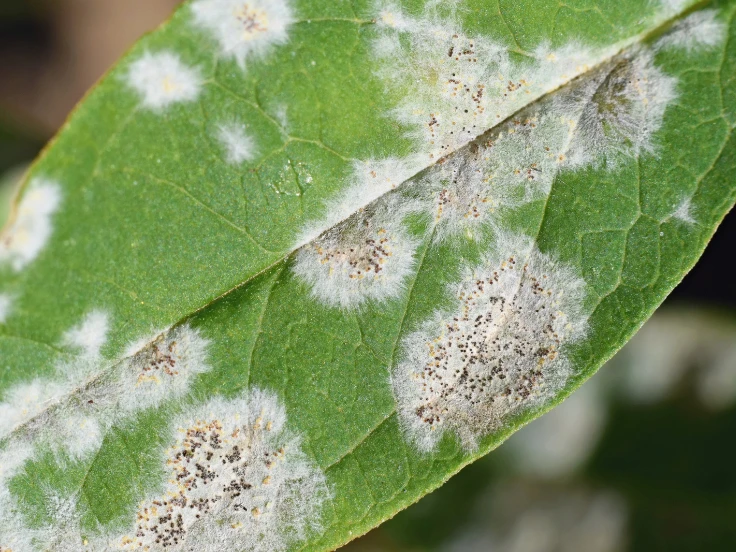
Prevention is easier than cure. Inspect new plants thoroughly before bringing them indoors and maintain proper spacing to enhance airflow. Keep your indoor area clean and avoid excessive nitrogen fertilizers, which attract aphids. Regularly checking leaves, stems, and new growth helps detect early signs of infestation.
Preventive measures not only save time and money but also help maintain plant health. A strong, thriving indoor garden is less susceptible to pests and makes it easier to manage how to get rid of aphids on indoor plants if they appear. This ensures you can enjoy trips to Hamburg places to visit without worrying about your plants.
Choosing Insecticides for Indoor Aphids
When home remedies aren’t enough, insecticidal sprays can help manage pests effectively. Using plant-safe insecticidal soaps, horticultural oils, or neem-based sprays is a safe way to control aphids. These methods support how to get rid of aphids on indoor plants while protecting both your plants and indoor air quality.
Careful monitoring allows reapplication only when necessary, preventing overuse. Alternating between natural remedies and sprays helps maintain effective aphid control. This approach ensures how to get rid of aphids on indoor plants while preventing pests from developing resistance, providing long-term protection.
Seasonal Tips for Managing Aphids on Indoor Plants
Aphid activity often increases during specific seasons. Spring and summer warmth combined with active plant growth creates ideal conditions for aphids. Adjust watering schedules, nutrient levels, and lighting to reduce vulnerability. During cooler months, indoor humidity can influence aphid populations, so maintaining airflow and consistent light exposure is essential.
Seasonal awareness helps gardeners act proactively, keeping plants strong and reducing the chance of aphid infestations. Understanding how to get rid of aphids on indoor plants ensures minor problems are managed before they spread. This gives you peace of mind while planning trips to Hamburg places to visit.
Advanced Techniques to Eliminate Aphids Effectively
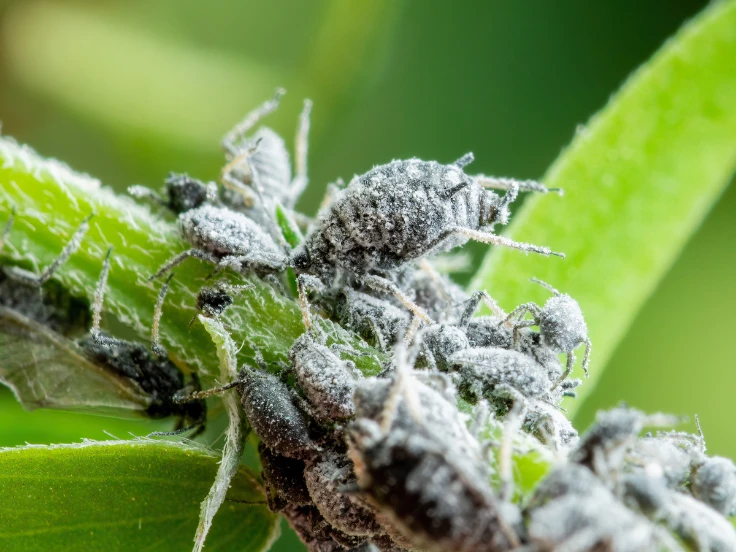
Severe infestations may require more targeted approaches. Pruning heavily infested leaves or stems reduces aphid numbers. A strong water spray can physically remove aphids, while introducing beneficial insects like ladybugs or lacewings in larger indoor setups provides effective control.
Systemic insecticides absorbed by the plant can be used as a last resort to kill aphids feeding on sap. Combining mechanical removal, natural predators, and targeted treatments ensures effective, long-term aphid control. These strategies demonstrate how to get rid of aphids on indoor plants while keeping your garden healthy and thriving.
Maintaining Plant Health to Deter Aphids Naturally
Healthy plants are naturally more resistant to pests. Balanced watering, proper light exposure, and nutrient management strengthen plants, making them less attractive to aphids. Following these practices is an essential part of how to get rid of aphids on indoor plants and maintaining a thriving indoor garden.
A strong, vibrant indoor garden is less prone to pest problems. Knowing how to get rid of aphids on indoor plants helps you maintain plant health effectively. This ensures you can enjoy your hobbies or trips to Hamburg places to visit without worrying about pest damage.
Monitoring Your Indoor Garden for Aphid Activity
Keeping a simple log of aphid sightings and applied treatments helps track effectiveness. This allows gardeners to make informed adjustments over time. Long-term strategies such as weekly inspections, rotating plant locations, and maintaining proper humidity and airflow create a sustainable, aphid-free indoor garden.
FAQs
Q: Can aphids kill indoor plants?
A: Severe infestations can weaken plants, stunt growth, and potentially cause death if not addressed promptly.
Q: Are chemical pesticides safe indoors?
A: Only plant-safe, low-toxicity insecticidal soaps or oils should be used indoors. Harsh chemicals should be avoided.
Q: How quickly can aphids be eliminated?
A: With consistent treatment and monitoring, aphids can usually be controlled within one to three weeks.
Q: Can aphids spread to all indoor plants?
A: Yes, aphids can move between plants if not controlled, especially in closely spaced indoor gardens.
Conclusion:How to Get Rid of Aphids on Indoor Plants
Aphids on indoor plants are common but manageable. Understanding their behavior, applying remedies, and maintaining plant health shows you how to get rid of aphids on indoor plants effectively. For more vibrant greenery, explore these fast-growing indoor plants that add beauty and resilience to your home garden.
Preventive care, seasonal adjustments, and long-term monitoring ensure vibrant, aphid-free plants. By staying proactive, your indoor garden will remain healthy, lush, and enjoyable all year round. For extra protection, explore indoor plants that repel bugs to naturally keep pests away while adding beauty to your space.

